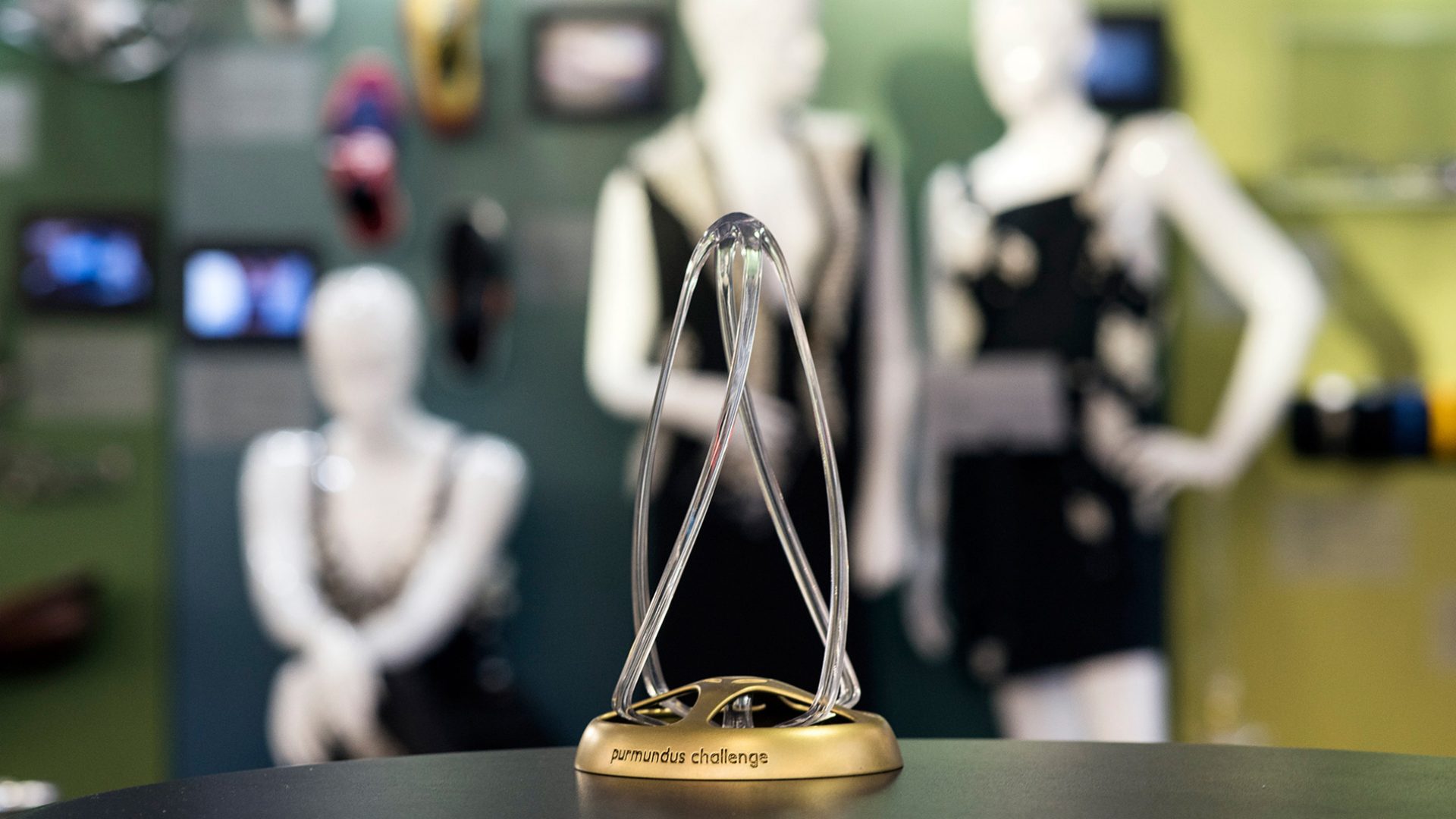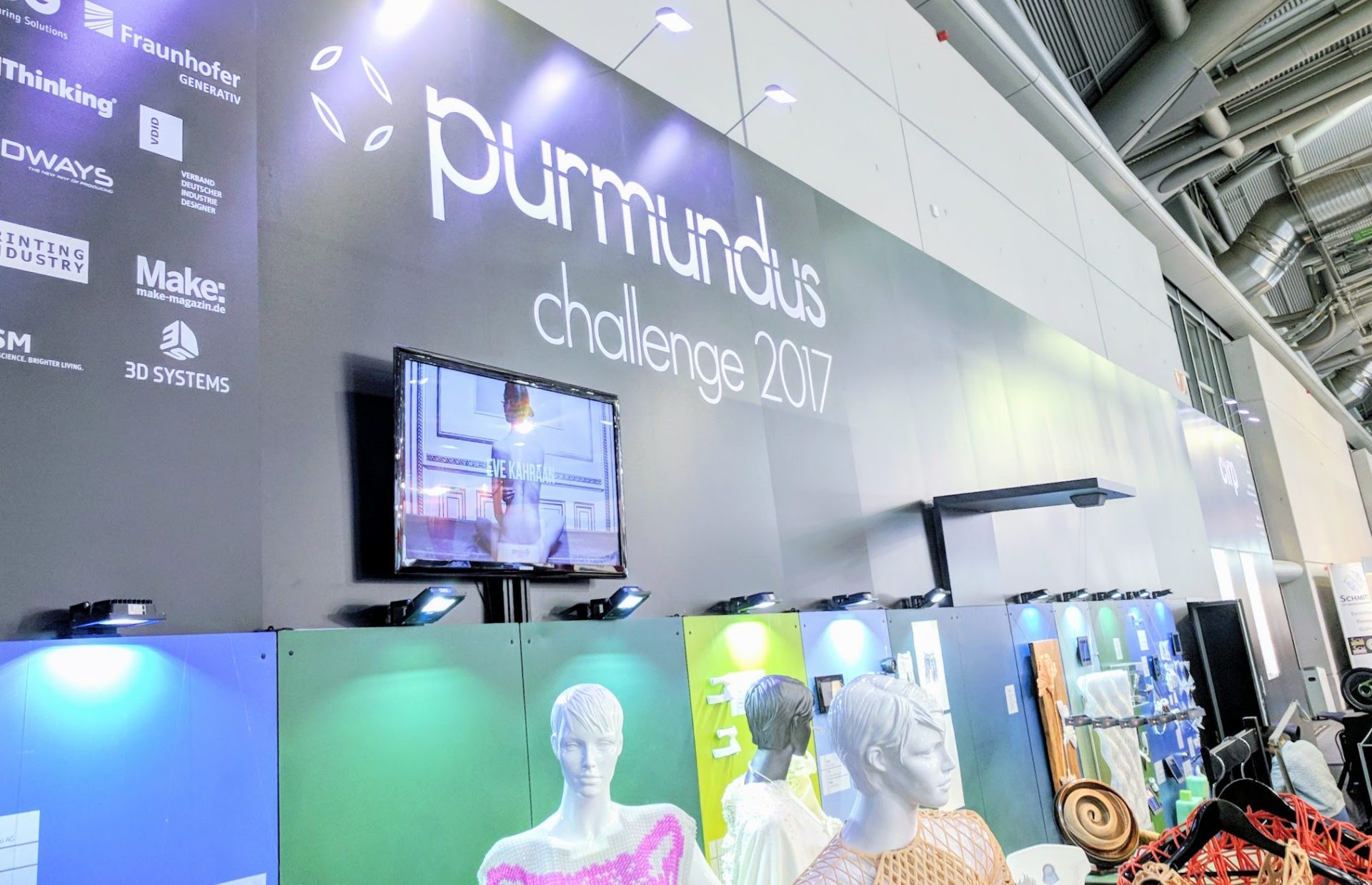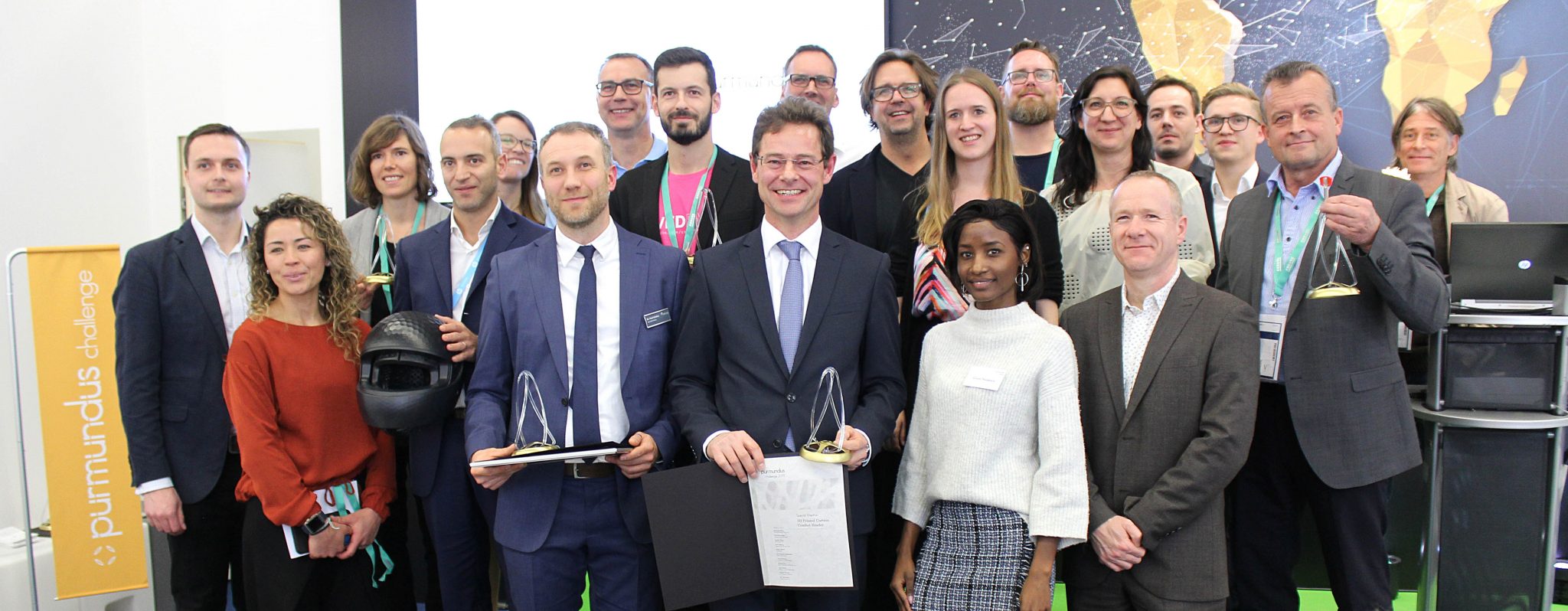The purmundus challenge is an annual competition inviting designers and engineers from across the globe to participate in a theme-based 3D printing design contest.
Held since 2012 by German rapid prototyping company Cirp GmbH, the competition aims to bring together a wide variety of ideas, creative products and innovative projects in one place, with any matter of design eligible for submission. The awards go to the best product design in keeping with the competition’s current theme.
With submissions for the purmundus challenge 2020 now open, this year’s theme is “Geometry and Material in Harmony”. Entrants will be whittled down to a pre-selection of finalists, who will head to the Formnext trade fair from 10 to 13 November 2020 in Frankfurt, where the winners will be selected by an international panel.

Shifting the focus of manufacturing and design
Last year’s theme was “Beyond 3D printing”, which asked for submissions that demonstrated the “enormous potential of additive manufacturing” with smart innovations in various different markets.
In accordance with the theme for 2020, participants are asked to incorporate into their submissions, “harmony as a state, and as a desire for the coherence and consummation of geometry and material”. Looking for innovative ideas on how 3D and 4D printing can be used in product design and manufacturing, the theme presents a significant focus on material efficiency, reusability and recycling.
An excerpt from the full tender document indicates what the judges want you to consider when designing your 2020 entry: “Industry is currently moving rapidly towards a “made-to-order” future. Not in order to merely revise predominant concepts, but to develop individual, tailored concepts from the countless options available that function as a part of the whole. But what should the focus be on in the future given scarce resources, urgent environmental issues and a huge investment bottleneck?”
As such, submissions should highlight concepts such as innovative materials that have led to new ideas and products, product ideas that have required the development of new materials, combinations of materials, sustainable materials and more.
In addition to design and levels innovation, the panel will also assess the benefit in terms of usefulness, economy and aesthetics. The purmundus organizers also encourage entrants to consider methods and materials that have not yet become established, are still the subject of research or are yet to be invented.
“All common 3D and 4D printing processes may be used to produce the entries. They mustn‘t simply be dogmatically produced any old way. Here, they can conceivably merge 3D and 4D printing with other semi-finished and other production methods or implement indirect process chains.”
Designs will be assessed based on 9 different criteria, design, degree of innovation, relation to announcement, appropriateness of design for 3D or 4D printing, potential in comparison to conventional production, economic potential, societal potential, relevance and user experience.

Previous winners of the purmundus
Winners from previous editions of the purmundus challenge include the 3D printed Stealth Key from Urban Alps, which took the top prize in 2019. It was recognized for its innovative use of metal 3D printing to offer a maximum security solution. It is a fully customized mechanical key which has a cylindrical covering hiding the unlock code under robust, narrow projections.
Second place for the 2019 purmundus challenge was awarded to Nicole Hone’s 4D printed hydrophytes, thanks to its innovative approach to organic movement design. Hone created a set of five futuristic aquatic plants using multi-material 4D printing. The added dimension of time in 4D printing means the plants are able to react to physical stimulus, either contracting or blossoming depending on the situation.

For the 2020 purmundus challenge, the designs will be judged by an international jury of professionals including representatives of Loughborough University, Volkswagen AG, hyperTunnel Limited, Beijing University of Technology, to name a few.
The total prize pool for the competition adds up to €6,000. The winner receives a prize of €3,000, the runner-up prize money of €2,000 and third place prize money of €1,000. In addition, the first three award winners will receive access to the Altair Inspire Studio software.
The award ceremony to honor the winners will take place during Formnext 2020 on 12 November 2020 in Frankfurt. The deadline for submissions is on 21 September 2020, with finalists notified on 6 October 2020.
The nominations for the 2020 3D Printing Industry Awards are now open. Who do you think should make the shortlists for this year’s show? Have your say now.
Subscribe to the 3D Printing Industry newsletter for the latest news in additive manufacturing. You can also stay connected by following us on Twitter and liking us on Facebook.
Looking for a career in additive manufacturing? Visit 3D Printing Jobs for a selection of roles in the industry.
Featured image shows purmundus challenge trophy. Photo via purmundus.


